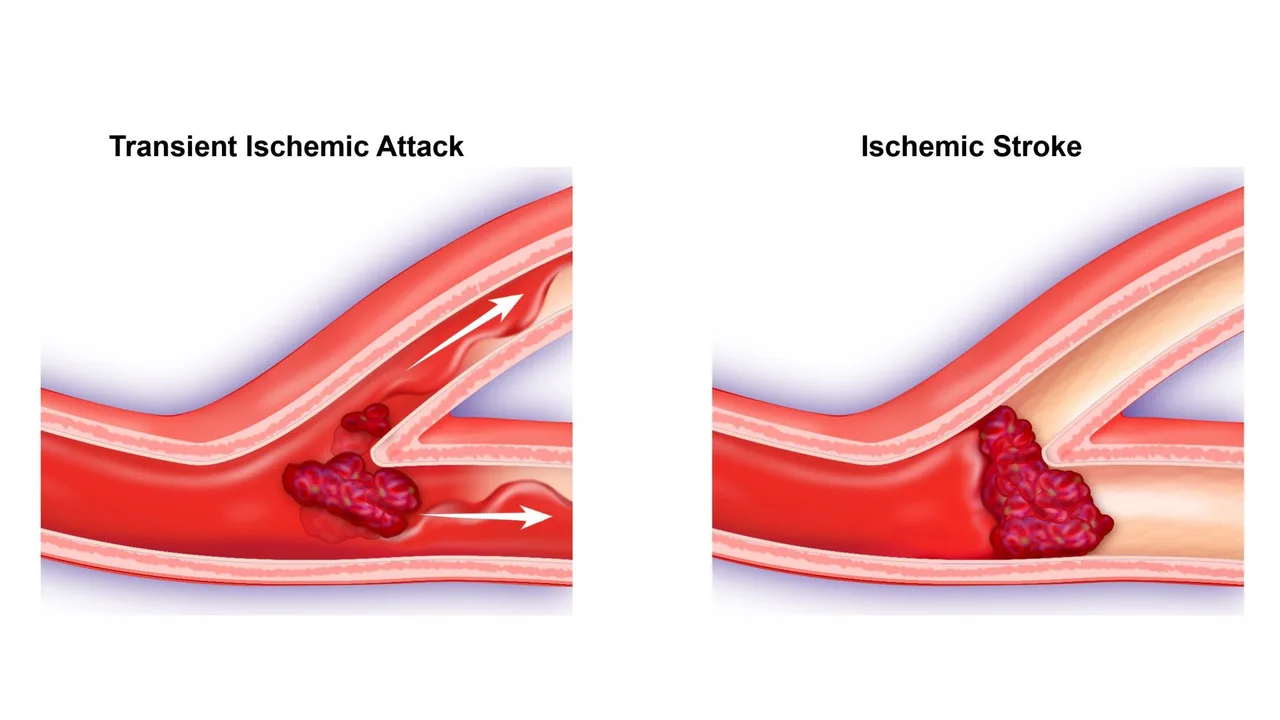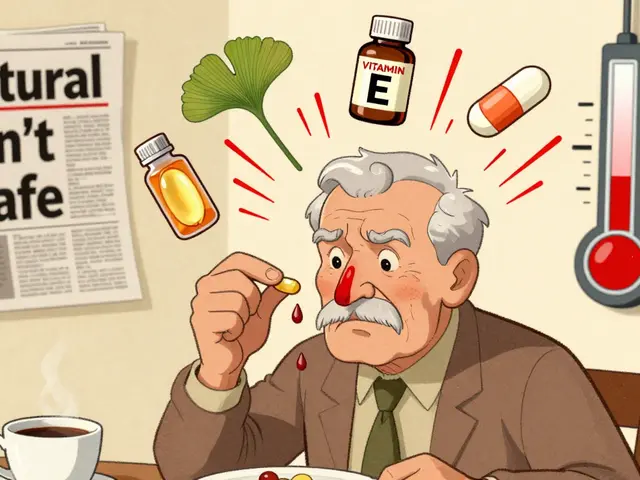Stroke Risk: What It Is and How to Cut It Down
If you’ve ever heard someone say they’re "at risk for a stroke," you probably wondered what that actually means. In plain terms, stroke risk is the chance that a blood vessel in the brain will get blocked or burst, causing brain cells to die. It’s not a mystery—your daily habits, medical conditions, and even your family history shape that risk.
Most people think stroke only happens to the elderly, but that’s a myth. Young adults can face a stroke too, especially if they ignore warning signs like high blood pressure or smoking. The good news? A lot of the risk hinges on things you can control.
Top Factors That Raise Stroke Risk
First up, high blood pressure. It’s the number‑one culprit, pushing extra force against artery walls and eventually causing cracks or clots. If you’ve never checked your number, grab a cuff and find out—it’s quick and free at most pharmacies.
Second, heart problems such as atrial fibrillation. When the heart beats irregularly, blood can pool and form clots that travel up to the brain. If you feel fluttering in your chest, get it checked.
Third, lifestyle habits: smoking, heavy drinking, and a diet loaded with salty, processed foods. Each of these adds stress to blood vessels, making them more likely to jam.
Lastly, diabetes and high cholesterol pack a double punch. Sugar spikes and sticky cholesterol deposits narrow arteries, turning a small clot into a big blockage.
Simple Steps to Lower Your Stroke Risk
Start with the basics: know your numbers. Keep a log of blood pressure, cholesterol, and blood sugar. When any reading is high, talk to a doctor about medication or lifestyle tweaks.
Eat more fruits, veggies, and whole grains. Swap out the butter for olive oil, and aim for a diet the Mediterranean would approve of. Those foods are high in healthy fats and fiber, which help clean out artery walls.
Move daily. Even a brisk 30‑minute walk lowers pressure and improves heart rhythm. If you’re busy, break it up—10 minutes in the morning, lunch, and evening works just as well.
Quit smoking and limit alcohol. You don’t need to go cold turkey; reducing a pack a day to half, then to zero, makes a huge difference. Same with drinks—stick to one glass of wine or beer a day, or skip it altogether.
Finally, stay on top of medical appointments. If you’re prescribed blood thinners for atrial fibrillation, take them exactly as directed. Missed doses can raise clot chances dramatically.
Putting these actions together builds a shield around your brain. You don’t have to overhaul your life overnight—small changes add up, and the results are worth it. Keep an eye on your risk, act on the facts, and you’ll lower the odds of a stroke dramatically.




